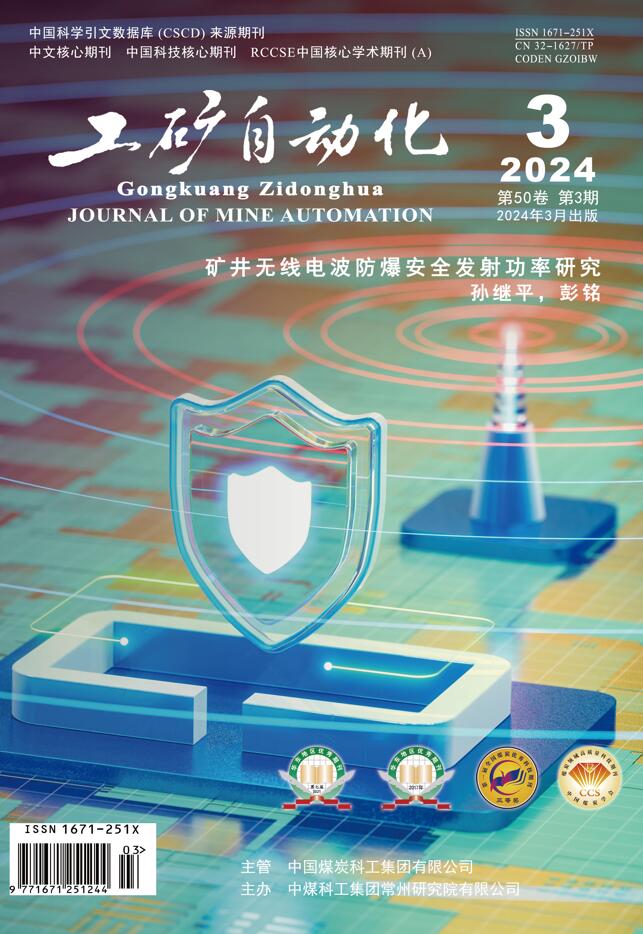Abstract:
In coal industry, there are problems of serious information island, insufficient business interconnection and interoperability, and poor data value mining and utilization under the existing single system and single business application mode. And there are problems of single application point and insufficient intelligent empowerment of new generation information technology such as Internet of Things, cloud computing, big data, artificial intelligence, intelligent control, etc. In order to solve the above problems, the new generation information technology is deeply integrated with coal mine safety, production and operation management and control business. The construction concept of intelligent mine integrated management and control platform is proposed. The platform is based on the basic information platform of intelligent mine, which aggregates, manages, stores and analyzes massive heterogeneous data through the coal industry big data center. The data platform, technology platform and application platform is applied to realize data fusion, collaborative control, business linkage and decision analysis in the same platform. By adopting unified portal, unified data and unified style, a centralized and unified intelligent control and business application center is built for production scheduling collaborative management and control, comprehensive risk prevention and control management, comprehensive management and control for decision analysis, and precise operation and maintenance detection. The production scheduling collaborative management and control application center applies coal mine safety production collaborative technology to realize business interconnection and hierarchical scheduling among mine leaders, scheduling command centers, departments, district teams and work groups, and integrated scheduling and collaborative control in fixed sites. The comprehensive risk prevention and control management application center takes coal mine safety risk prevention and control as the core, and realizes all-round perception, real-time monitoring, dynamic evaluation, and abnormal linkage treatment of risk and hazard elements in the whole mine to ensure efficient and orderly operation of coal mine safety production. The comprehensive management and control for decision analysis application center applies time-series data mining and analysis technology to realize the analysis and prediction of indicators such as safety, production and operation. Through the safety production big data board and personal workbench, the comprehensive display of safety, production and operation conditions is carried out. The precise operation and maintenance detection application center uses running probes to realizes the fault monitoring and abnormality tracking and processing during the operation of the platform.




